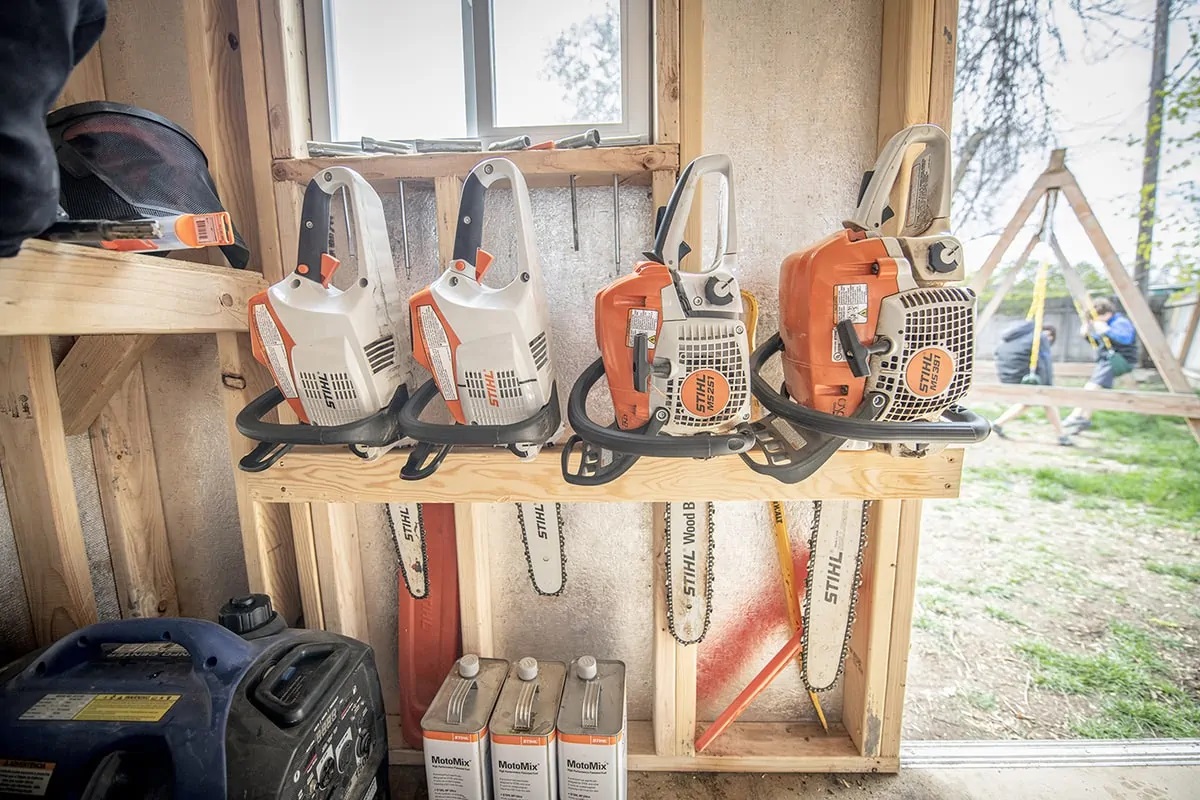

Articles
How To Store A Chainsaw
Modified: January 8, 2024
Learn the proper way to store your chainsaw and keep it in top condition with our informative articles. Find expert tips and advice on how to maintain and store your chainsaw for long-lasting performance.
(Many of the links in this article redirect to a specific reviewed product. Your purchase of these products through affiliate links helps to generate commission for Storables.com, at no extra cost. Learn more)
Introduction
Welcome to our comprehensive guide on how to store a chainsaw. Properly storing your chainsaw is crucial to ensure its longevity and performance. Whether you’re a seasoned chainsaw professional or a casual user, following the right storage practices will help you keep your chainsaw in top shape and prevent any potential accidents or damage.
Chainsaws are powerful tools that require regular maintenance and care. One important aspect of maintenance is proper storage. By storing your chainsaw correctly, you can protect it from environmental elements, prevent rust and corrosion, and ensure it’s ready to go when you need it next.
In this article, we will cover the essential safety precautions to take before storing your chainsaw, as well as step-by-step instructions on cleaning, disassembling, and storing the chainsaw. By following these guidelines, you can prolong the life of your chainsaw and ensure safe handling.
So, let’s dive in and learn how to store a chainsaw the right way!
Key Takeaways:
- Properly storing your chainsaw is crucial for its longevity and performance. Follow safety precautions, clean and maintain the chainsaw, and store it in a suitable location to ensure optimal condition and safety.
- Prioritize safety, regular maintenance, and proper storage to prolong your chainsaw’s lifespan. By following these guidelines, you can protect your chainsaw from damage, maintain its performance, and ensure safety for yourself and others.
Read more: How To Store Chainsaw
Safety Precautions
Before you begin the process of storing your chainsaw, it’s crucial to ensure your safety and the safety of others around you. Here are some important safety precautions to keep in mind:
- Switch off the chainsaw: Before attempting any maintenance or storage tasks, make sure to turn off the chainsaw and let it cool down.
- Wear protective gear: When handling a chainsaw, always wear the appropriate protective gear, including safety goggles, gloves, and ear protection. This will minimize the risk of injury.
- Clear the work area: Before you begin working on your chainsaw, ensure that the work area is clear of any obstructions or debris. This will prevent accidents and provide you with a safe and spacious area to work in.
- Keep the chainsaw clean: Regularly clean your chainsaw to prevent excessive buildup of sawdust, oil, and debris. This will help maintain its performance and reduce the risk of malfunctions.
- Inspect the chainsaw: Before storage, inspect the chainsaw for any signs of damage or wear. Check the chain tension, bar condition, and the overall condition of the chainsaw. If you notice any issues, address them before storing the chainsaw.
- Store in a secure location: Choose a secure and dry location to store your chainsaw. Ensure that it is out of reach of children and pets to prevent accidents.
By following these safety precautions, you can minimize the risk of accidents and injuries while handling and storing your chainsaw.
Cleaning and Maintenance
Proper cleaning and maintenance are essential to ensure the longevity and optimal performance of your chainsaw. Regularly cleaning your chainsaw will help prevent damage, maintain its cutting efficiency, and extend its lifespan. Here are some steps you can follow to clean and maintain your chainsaw:
- Remove debris: Start by removing any loose debris, such as sawdust and wood chips, from the chainsaw. Use a brush or compressed air to clean the exterior of the chainsaw, including the chain cover, handle, and air filter.
- Clean the air filter: The air filter plays a crucial role in preventing dust and debris from entering the engine. Remove the air filter and clean it using a brush or wash it with warm soapy water. Ensure that the filter is dry before reinstalling it.
- Inspect the chain and guide bar: Check the chain and guide bar for any signs of wear, damage, or dullness. Replace the chain or guide bar if necessary. Use a file or a bar-mount sharpener to sharpen the chain, ensuring the teeth are filed evenly.
- Inspect the spark plug: Remove the spark plug and inspect it for any signs of fouling or damage. Clean or replace the spark plug if necessary.
- Check the fuel and oil: If your chainsaw has fuel and oil tanks, check the levels and top them up if needed. Make sure to use the recommended fuel and oil mix for your chainsaw model.
- Inspect and clean the chain brake: The chain brake is an important safety feature of the chainsaw. Inspect the chain brake mechanism and make sure it moves freely. Clean it and lubricate it using a silicone-based spray.
- Lubricate the chain: Apply lubricating oil to the chain to reduce friction and prevent it from drying out. Follow the manufacturer’s instructions for the proper lubrication process.
Regularly cleaning and maintaining your chainsaw will not only enhance its performance but also prolong its lifespan. By investing time in proper maintenance, you can ensure that your chainsaw remains in optimal condition.
Store your chainsaw in a dry, well-ventilated area, away from direct sunlight and moisture. Make sure to empty the fuel tank and clean the saw before storing to prevent corrosion. Keep it out of reach of children and pets.
Disassembling the Chainsaw
Disassembling your chainsaw before storage is an important step to ensure it remains in good condition. Here’s a step-by-step guide on how to safely disassemble your chainsaw:
- Switch off the chainsaw: Before starting the disassembly process, make sure the chainsaw is turned off and the engine is cool.
- Remove the guide bar and chain: Loosen the tension on the chain by using the appropriate tool. Then, remove the guide bar and chain from the chainsaw carefully. Inspect them for any signs of damage or wear.
- Remove the spark plug: Using a spark plug wrench or socket, remove the spark plug from the engine cylinder. This will prevent any accidental starting of the chainsaw during storage.
- Empty the fuel tank: If your chainsaw has fuel in the tank, carefully drain it into an approved container. Dispose of the fuel properly according to local regulations.
- Clean the chainsaw components: Take the time to clean all the disassembled parts, including the guide bar, chain, and other smaller components. Remove sawdust, debris, and oil residue using a clean cloth or brush.
- Inspect and clean the air filter: Remove the air filter and inspect it for any clogs or damage. Clean or replace the air filter as necessary.
- Inspect and clean the spark plug: Check the spark plug for any signs of wear or fouling. Clean or replace the spark plug if needed.
- Store the disassembled parts: After cleaning and inspecting all the components, store them in a clean and dry place, away from any potential damage or hazards. It’s recommended to keep the parts in a protective case or bag to prevent dust or moisture buildup.
By disassembling and storing the chainsaw parts separately, you can protect them from damage and ensure that they remain in good condition until the next use.
Storing the Chainsaw
Proper storage is vital to maintain the condition and performance of your chainsaw during periods of non-use. Follow these guidelines to ensure your chainsaw is stored correctly:
- Find a suitable storage location: Choose a clean, dry, and well-ventilated area to store your chainsaw. Avoid storing it in a damp or humid environment, as it can lead to rust or corrosion.
- Protective case or cover: Place your chainsaw in a protective case or cover to shield it from dust, moisture, and accidental damage. If a case or cover is not available, consider using a clean cloth to wrap the chainsaw.
- Securely store the fuel and oil: If your chainsaw has fuel or oil, store them in a safe and well-ventilated area, away from any open flames or heat sources. Follow local regulations for storing flammable substances.
- Position the chainsaw correctly: Store the chainsaw in a position that prevents any strain on the chainsaw components or the guide bar. Ideally, store it in a horizontal position to maintain proper alignment.
- Regularly inspect the stored chainsaw: Periodically check your stored chainsaw for any signs of damage, corrosion, or pests. If you notice any issues, address them promptly to prevent further damage.
- Maintain battery-powered chainsaws: If you have a battery-operated chainsaw, remove the battery before storing it. Store the battery in a cool and dry location, following the manufacturer’s instructions.
- Keep away from children and pets: Ensure the chainsaw is stored in a secure location, out of reach of children and pets. Consider using a lock or storing the chainsaw in a storage shed or locked cabinet for added safety.
By following these storage practices, you can protect your chainsaw from damage, maintain its performance, and ensure it’s in good working condition when you need it next.
Read more: How To Store Chainsaws In Garage
Conclusion
Properly storing your chainsaw is essential for maintaining its performance, prolonging its lifespan, and ensuring the safety of yourself and others. By following the safety precautions, cleaning and maintenance steps, and the proper disassembly and storage procedures, you can keep your chainsaw in optimal condition.
Remember to always prioritize safety when handling a chainsaw. Wear the necessary protective gear, clear the work area, and ensure the chainsaw is switched off and cooled down before starting any maintenance tasks or storage procedures. Regularly inspect your chainsaw for signs of wear or damage, and address any issues promptly.
Cleaning and maintaining your chainsaw will not only improve its performance but also prevent accidents and extend its longevity. Take the time to clean the chainsaw and its components, inspect the guide bar and chain, and lubricate them properly. Additionally, disassembling the chainsaw before storage will help protect it from dust, moisture, and potential damage.
When it comes to storing the chainsaw, find a suitable location that is clean, dry, and well-ventilated. Use a protective case or cover to shield it from dust and accidental damage, and store fuel and oil in a safe area. Regularly inspect the stored chainsaw for any issues and keep it out of reach of children and pets.
By following these guidelines and incorporating proper storage practices into your chainsaw maintenance routine, you can ensure the longevity of your chainsaw, its optimal performance, and the safety of everyone around you. So, take the necessary steps to store your chainsaw properly and enjoy using it for years to come.
Frequently Asked Questions about How To Store A Chainsaw
Was this page helpful?
At Storables.com, we guarantee accurate and reliable information. Our content, validated by Expert Board Contributors, is crafted following stringent Editorial Policies. We're committed to providing you with well-researched, expert-backed insights for all your informational needs.
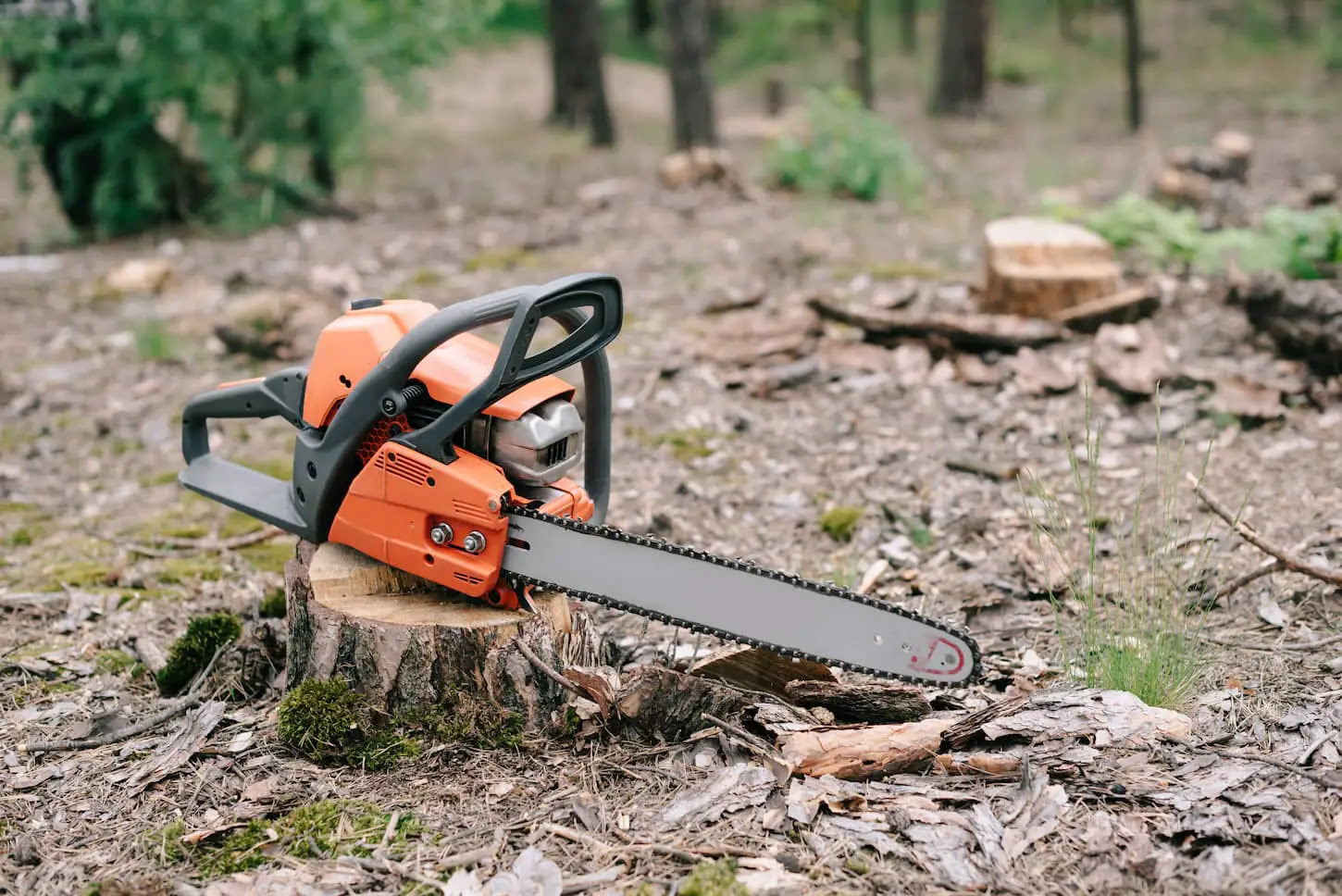
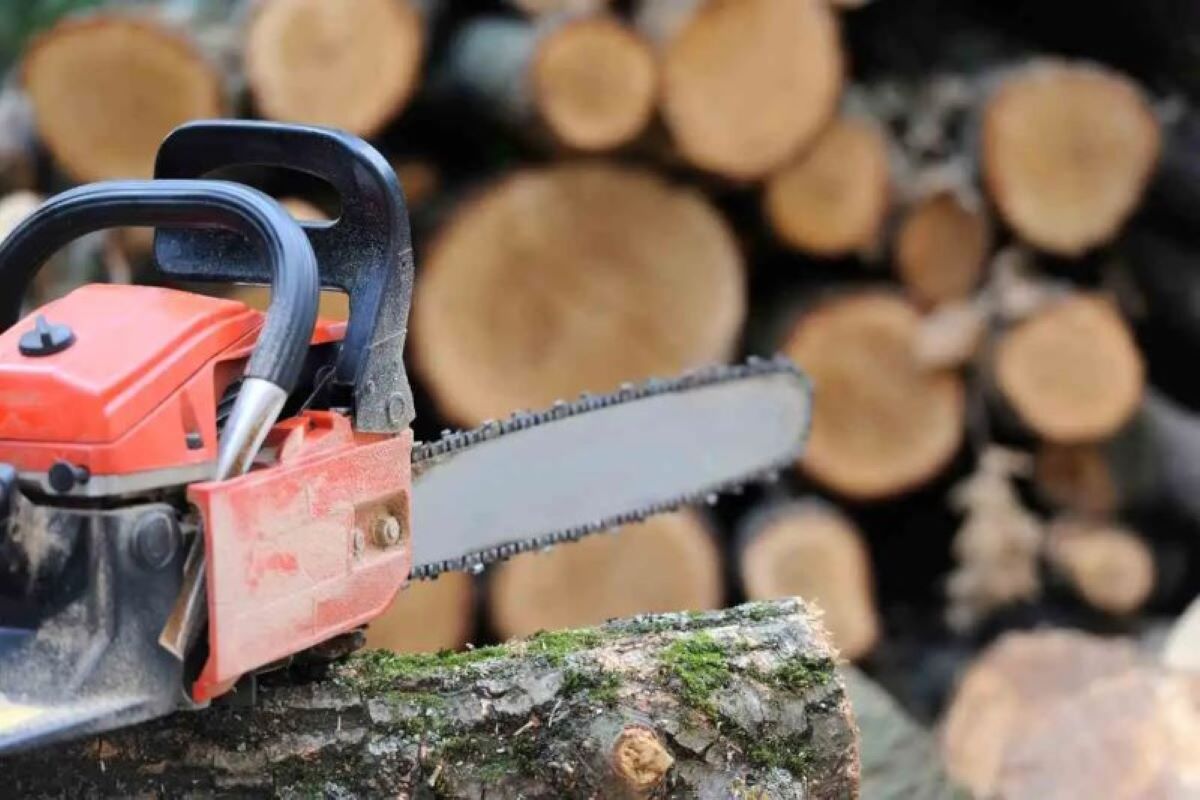
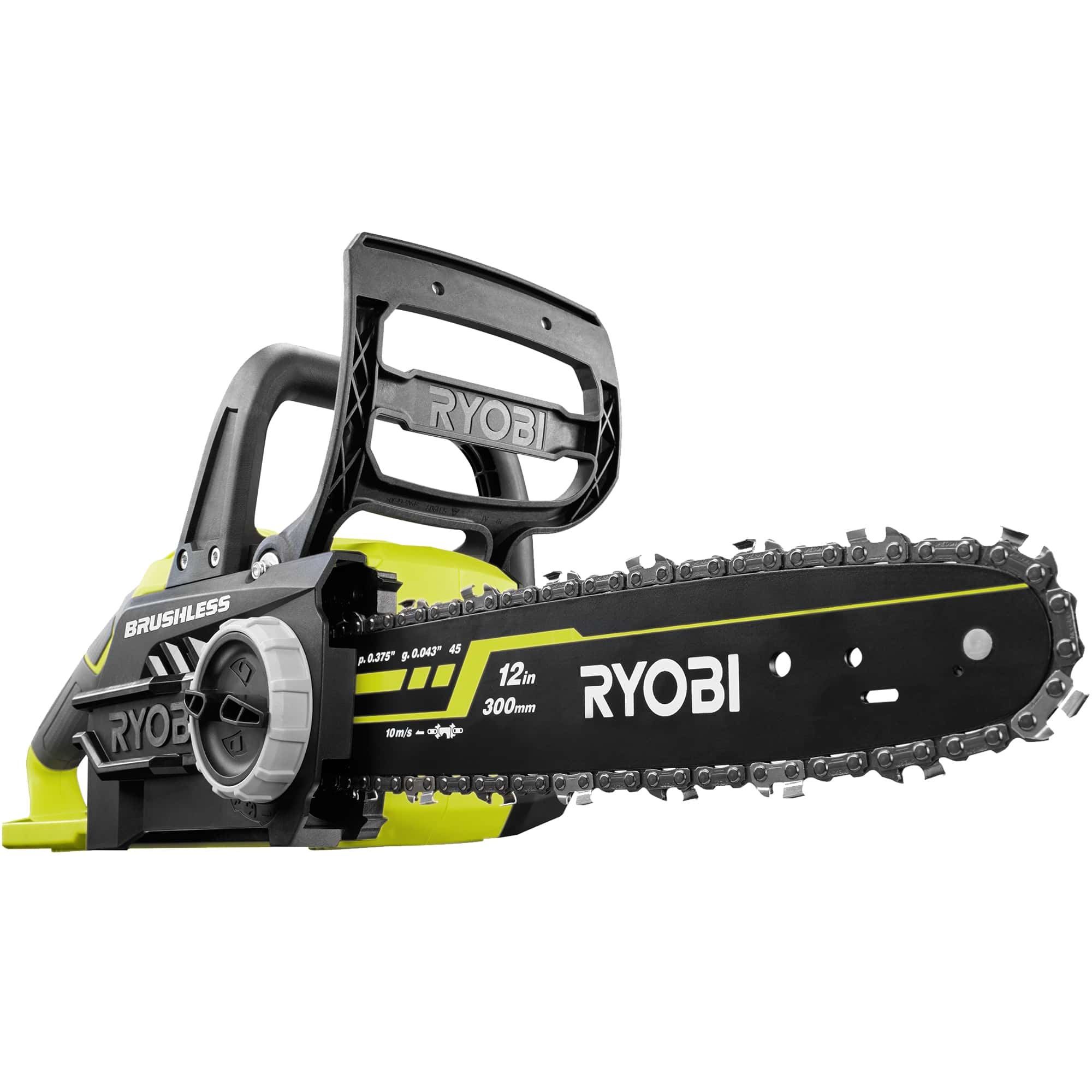
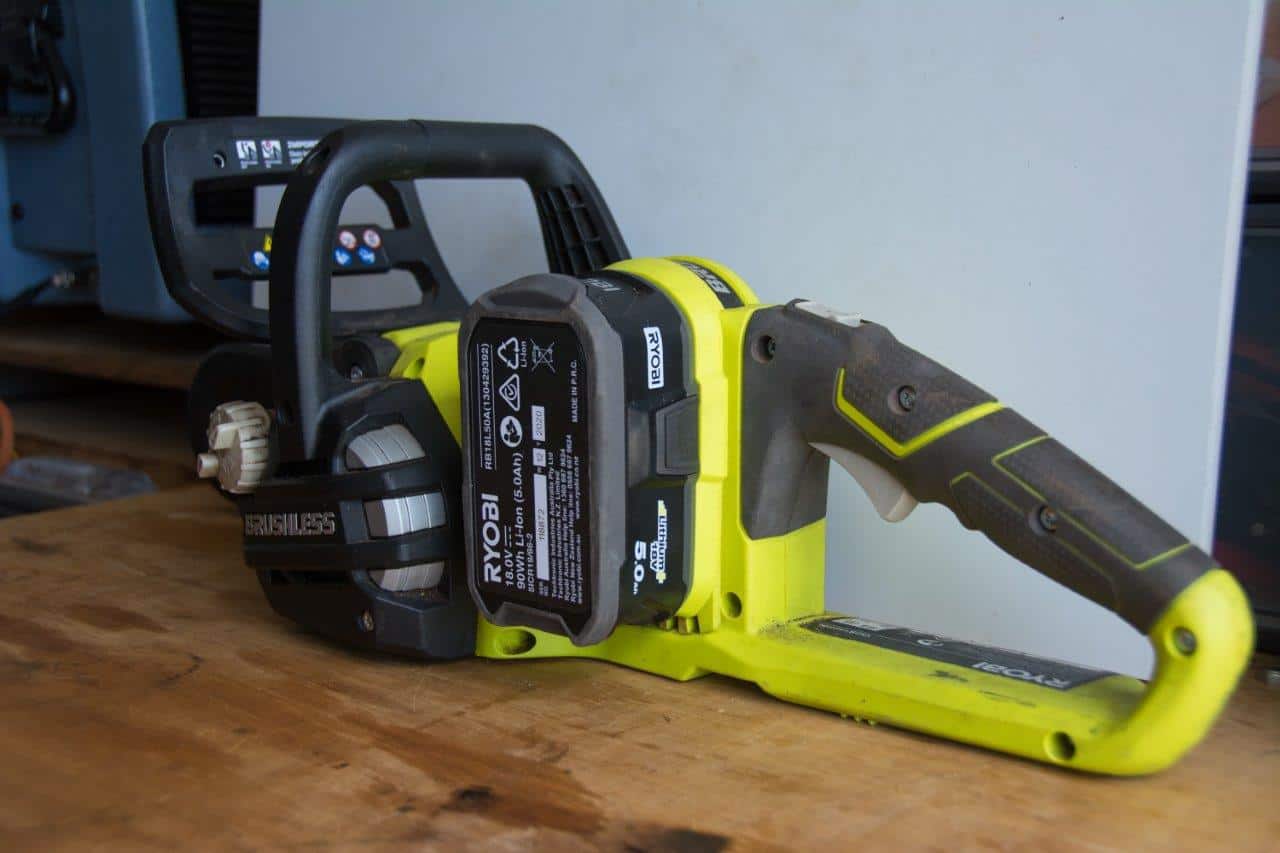
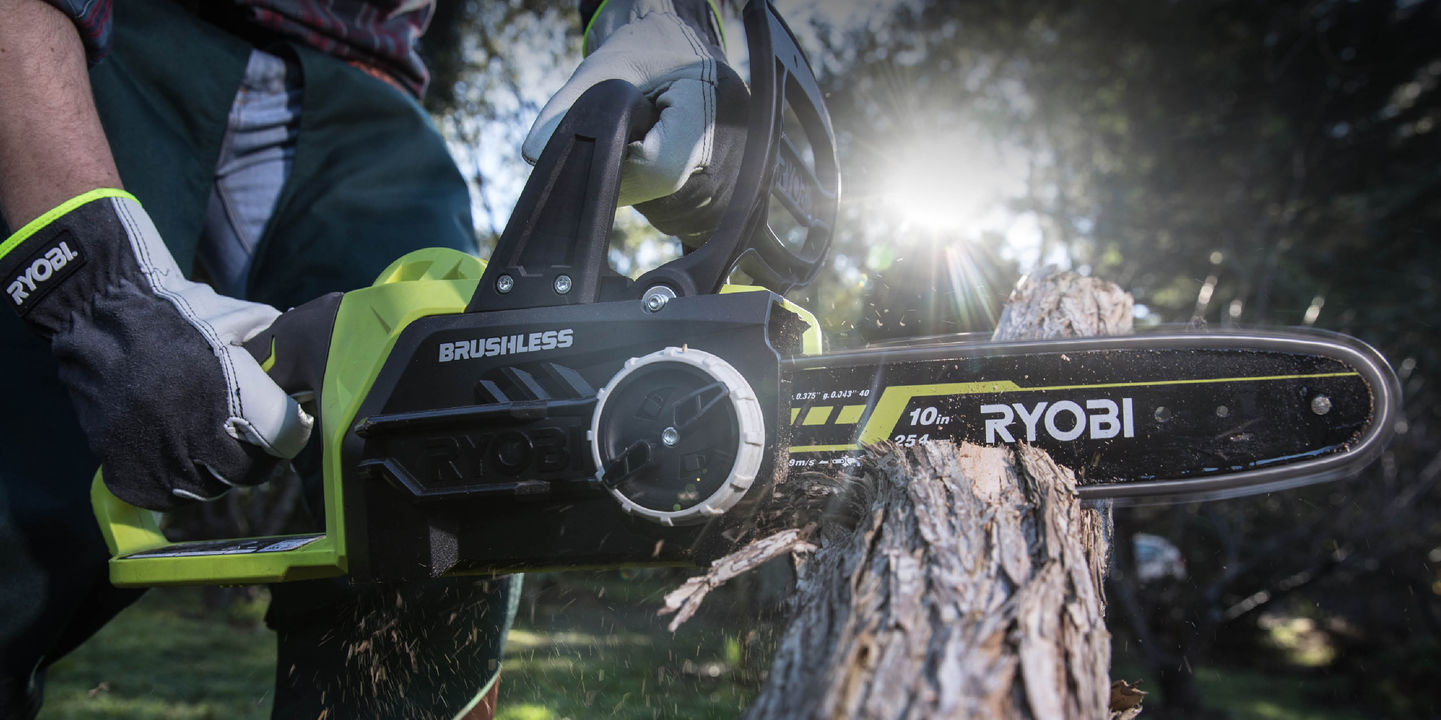




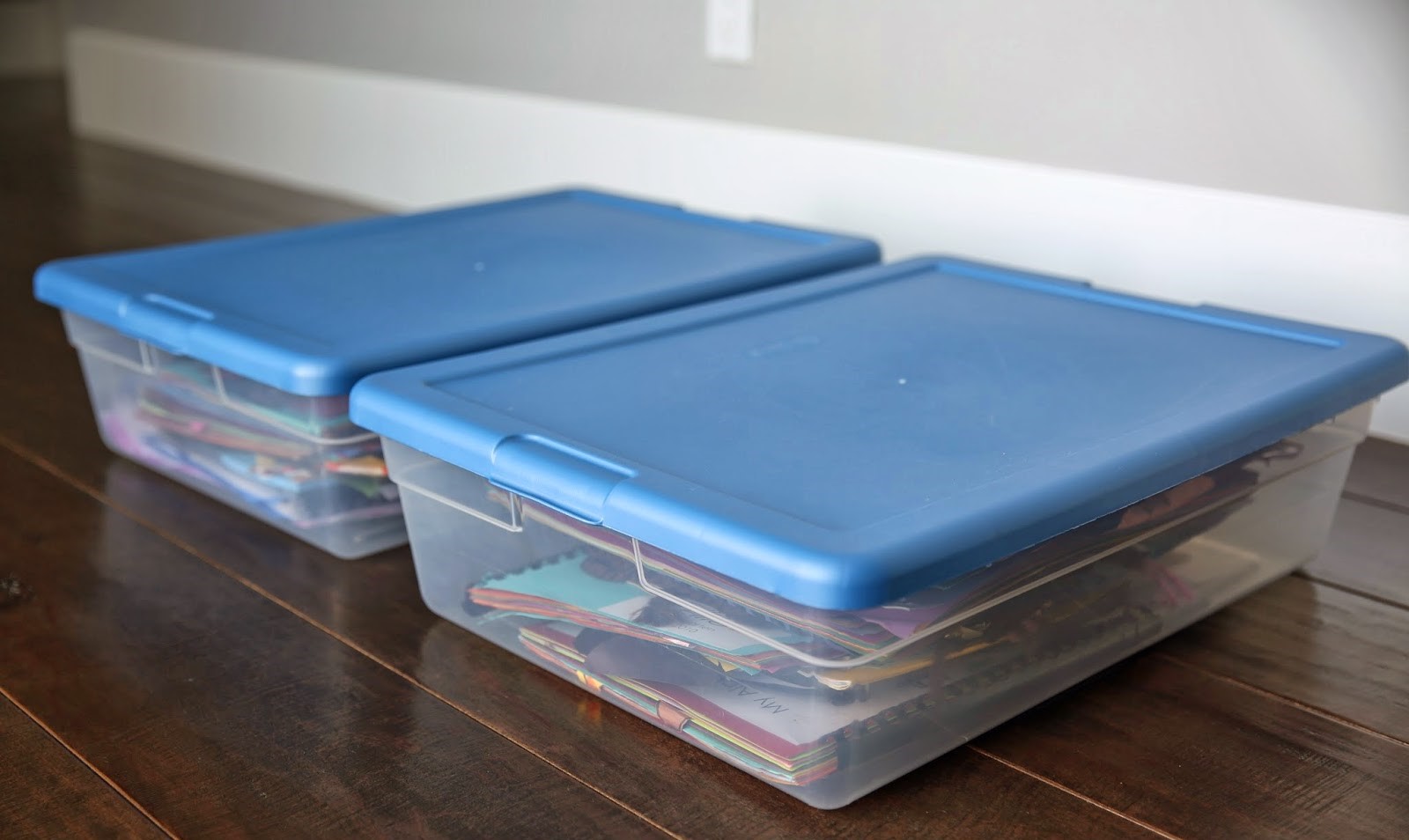
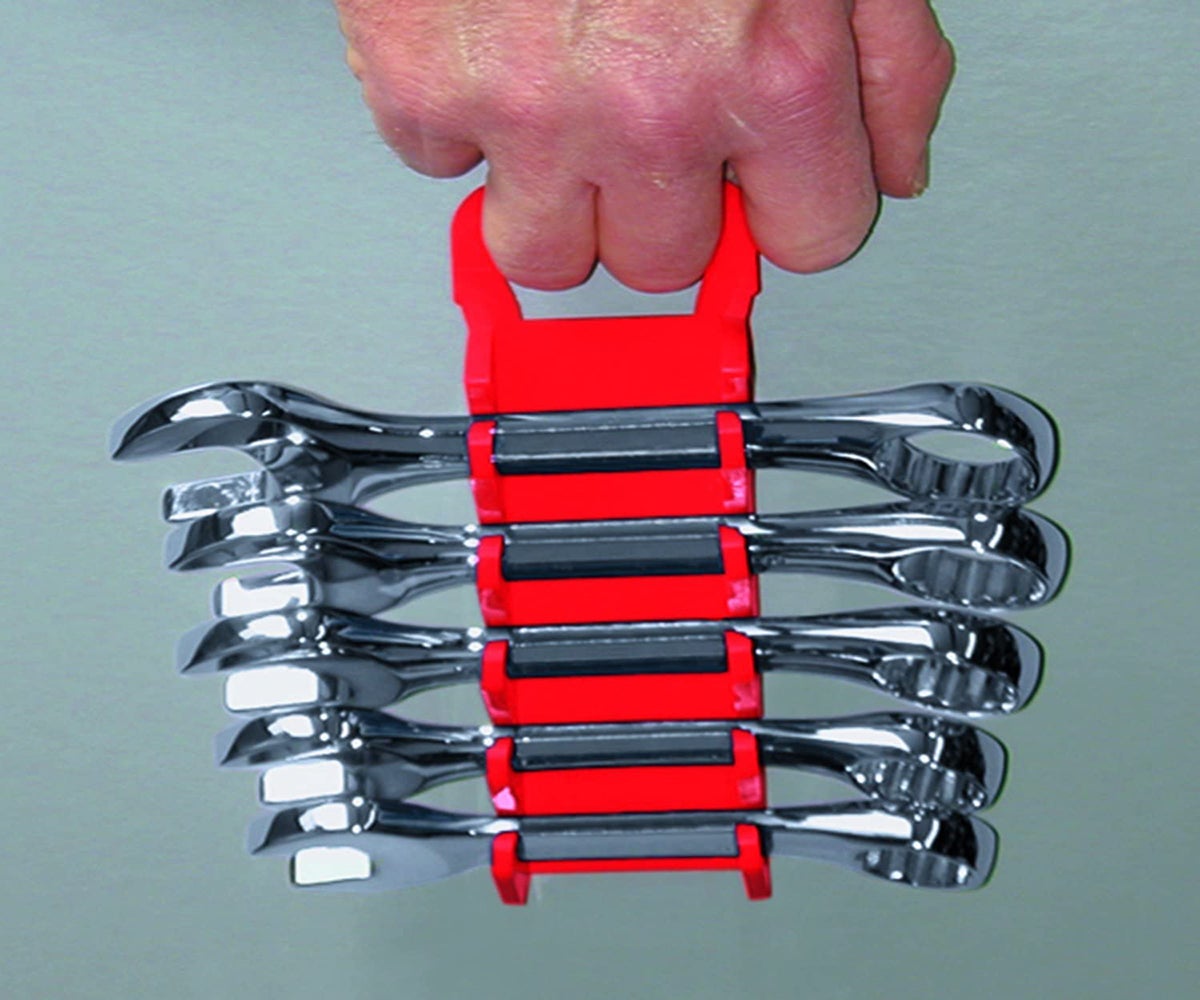

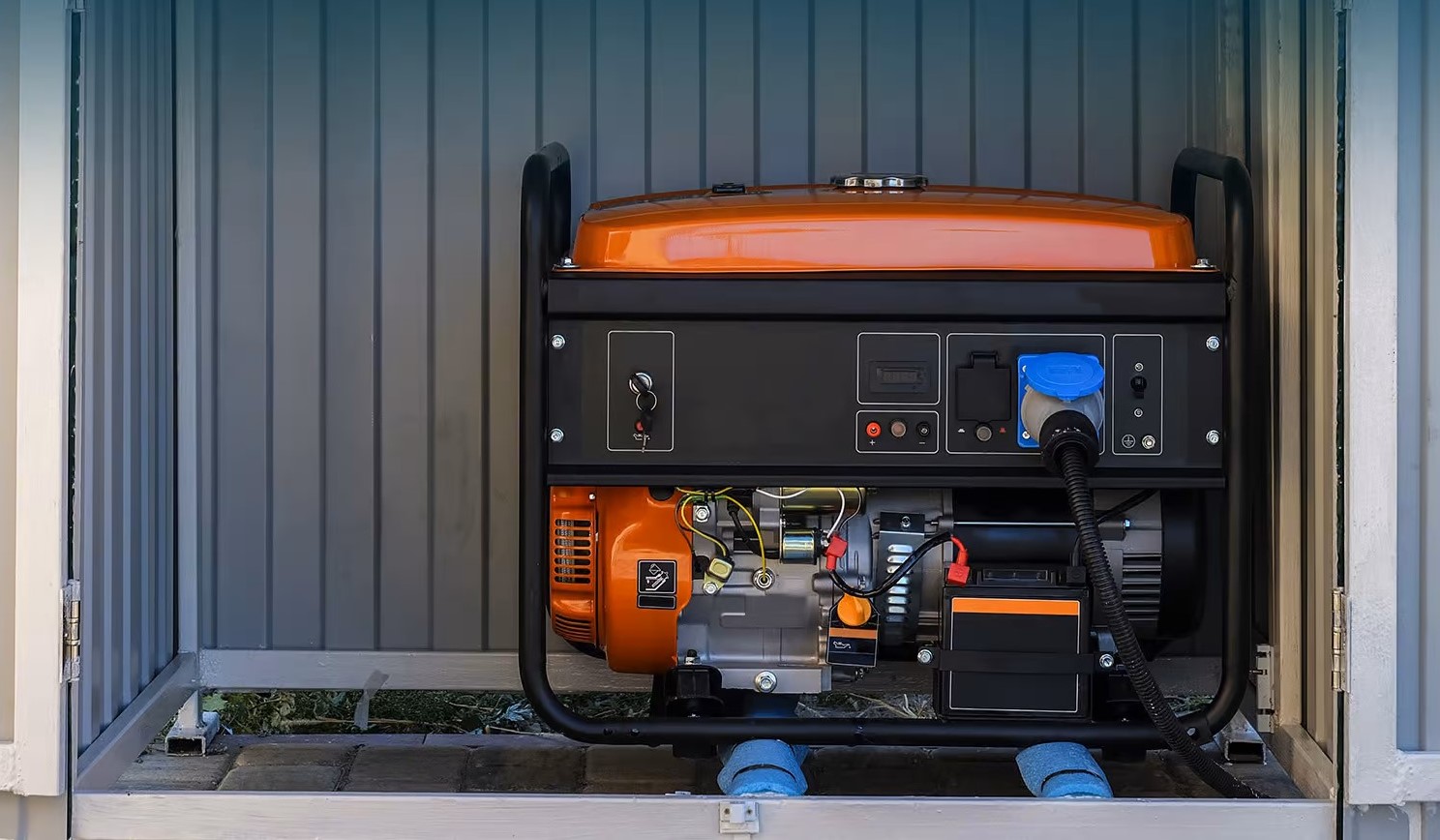


0 thoughts on “How To Store A Chainsaw”